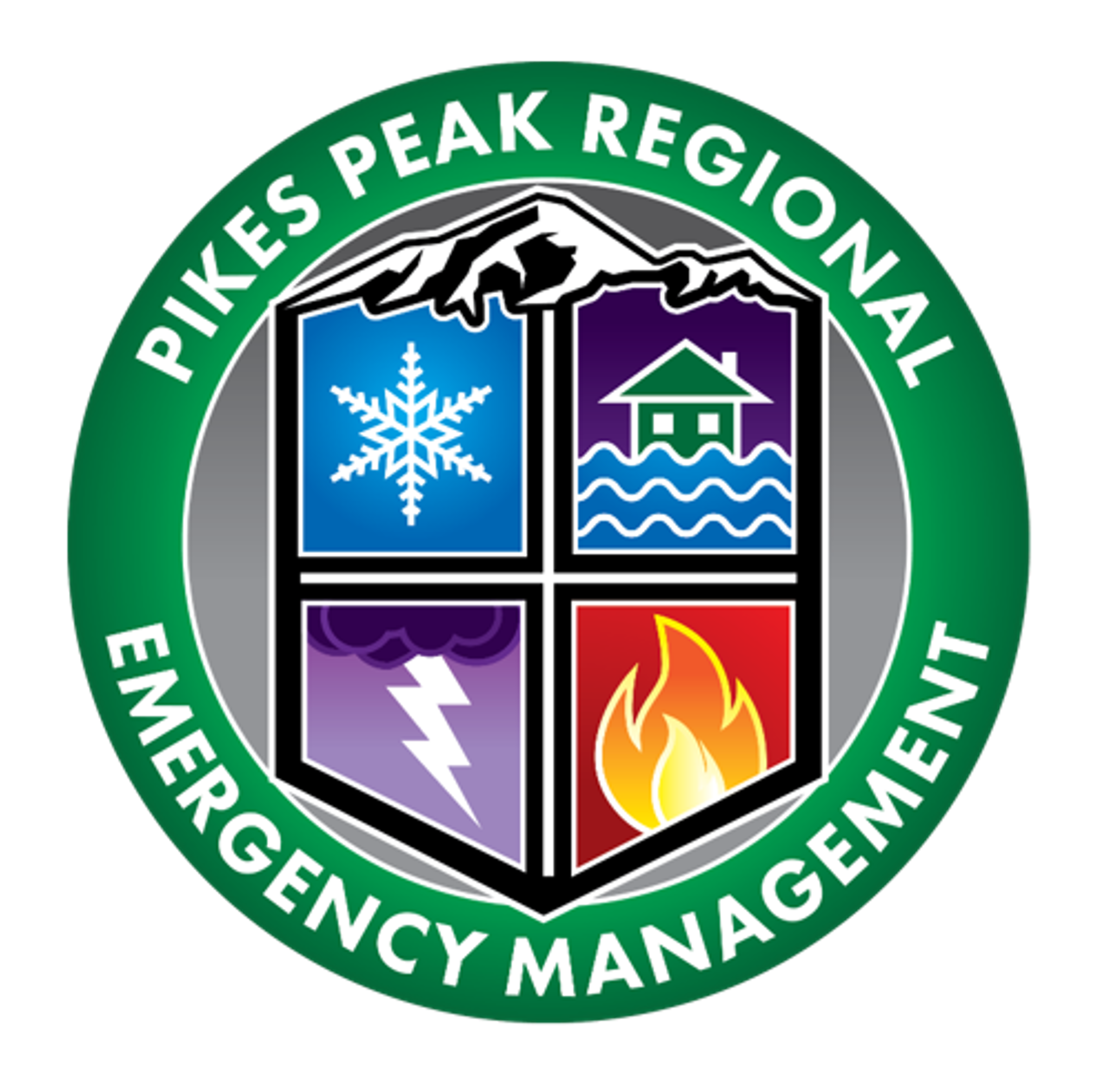If you’re looking for current evacuation information, visit the Current Alerts page.
The Pikes Peak Regional Office of Emergency Management have launched a multi-agency project to design a regional Advanced Evacuation Plan.
The Advanced Evacuation Plan will focus on three key areas to enhance public safety for those living in the Pikes Peak region:
- Data-driven: The plan will leverage technology, including Ladris—an AI tool that supports public safety agencies with emergency planning—along with data to inform evacuation scenarios and enhance decision-making.
- Locally informed: Strategies and tactics will be developed by the local agencies and organizations responsible for their implementation.
- Lessons learned: The plan will incorporate best practices and lessons from recent wind-driven wildfires, including improvements in the alert process.
The plan follows PPROEM’s goal of continual improvement and response across the region, while strengthening our community’s evacuation capabilities. It also recognizes the changing reality of wildfires, incorporating the possibility of a rapidly moving, wind-driven wildfire. These types of incidents represent the region’s most dangerous and likely natural disaster, and the plan leverages many factors and incorporates a collaborative approach to support the region’s current and robust wildfire response capability.
The planning effort includes fire departments, law enforcement, traffic management, and other agencies throughout the Pikes Peak Region. It utilizes grant funding from the State Internet Port Authority (SIPA). The project is expected to be completed in under a year. Initial stakeholder engagement across participating agencies started late in 2024. Internal training will continue throughout this year, with a goal of completion by November 2025.
Frequently Asked Questions
What is included in an Advanced Evacuation Plan?
The Advanced Evacuation Plan provides a framework for coordinating evacuation operations during a wind-driven fire where rapid fire growth and extreme conditions may outpace traditional response capabilities. The plan outlines the decision-making processes, alert and warning systems, evacuation strategies, temporary refuge options, and re-entry procedures necessary to maximize life safety in the face of fast-moving, high-risk fire events.
Why hasn’t our region had an Advanced Evacuation Plan before?
The region has an all-hazards evacuation plan, as required by City Code. This plan is specific to evacuations during wind-driven fire within our built environment.
What new ideas would an Advanced Evacuation Plan include?
The plan will utilize a tool called Ladris which uses artificial intelligence technology, as well as lessons learned from previous fires, and local subject matter expertise to develop evacuation strategies and tactics for fast moving fires in the build environment. Simulations will help first responders pre-identify bottlenecks, develop considerations for traffic control and improve emergency response coordination and resource allocation.
What is Ladris?
Ladris is an AI and machine learning platform that allows users to understand traffic patterns and congestion. It will assist in operational decision making for factors such as evacuation sequencing, traffic control, and more.
What data does Ladris incorporate?
The platform leverages a variety of data sources including road network data, address/parcel data, and population data. Many other datasets can be easily uploaded into the Ladris platform for use in evacuation simulation.
How are lessons learned being applied?
Our first responders continue to evaluate after-action reviews from previous fires, such as the Camp Fire in California, the Lahaina Fire in Hawaii, the Marshall Fire here in Colorado, and the 2025 Los Angeles Fires. Lessons learned from these fires—including traffic management strategies, pre-identifying critical infrastructure, refuge areas and protect in place—will be part of the plan.

